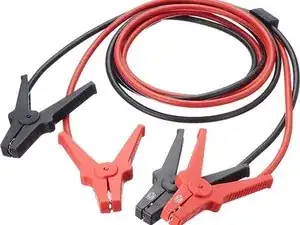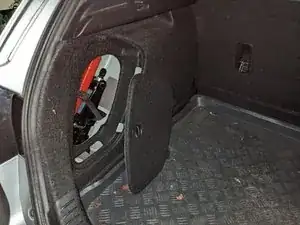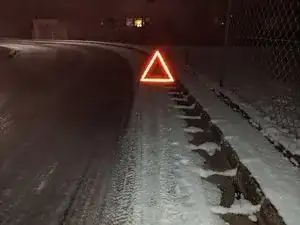Introduction
Jump starting is a way to start a car with a dead battery by using another vehicle's battery to provide power. This is done by connecting the dead battery to the other vehicle's battery using jumper cables. The other vehicle's battery provides power to the dead battery, allowing the car to start.
Jump starting electric cars
Electric vehicles are also equipped with a 12-volt starter battery to activate the high-voltage system. Empty or defective starter batteries are therefore also possible in this vehicle category. The jump start basically works the same as with any petrol or diesel engine.
Jump starting is usually allowed for electric cars, but using them to jump start another car is usually not permitted by the manufacturer. Electric vehicles are normally equipped with smaller starter batteries. For this reason, in the worst case, an electric car that provides power for a jump start could damage the donor battery or the on-board electrical systems.
Warning
It is important to follow the proper procedure when jump starting a car to avoid damaging the vehicles or causing harm to yourself.
Tools
Parts
-
-
Take a safety vest and put it on. You can usually find one in or near your vehicle safety/first aid kit.
-
-
-
You can usually find your warning triangle in a compartment on the left side of your boot. On some older cars you might also find it in the tailgate or on top of the reserve wheel under the boot.
-
-
-
Outside the dangerous area, ideally beyond the crash barrier, unpack and fully unfold the warning triangle.
-
Depending on the design, twist the two lower bars in the middle until they form a cross, or fold out the four feet - 2 each at the bottom corners of the triangle - forwards and backwards until the warning triangle can be set up stably.
-
Above the base are the three red bars. Two of them can be pulled up and locked together to form the legs of the triangle. The plastic inner film folds open automatically.
-
-
-
Walk towards traffic while keeping the warning triangle visible in front of you, ideally at chest height.
-
Now set it up on the roadside - the distance to the vehicle should be around 50 meters in urban areas, 100 meters on country roads and at least 150 meters on the motorway.
-
-
-
Connect the red wire to the + lead of the battery in the donor car.
-
Then connect the other end of the red wire to the + lead of the dead battery.
-
-
-
Connect the black wire to the - lead on the donor cars battery.
-
Then connect the other end of the black wire to the ground connection/ground point or a metal part of the motor block of the broken-down car.
-
-
-
After a couple of minutes, try to start the broken-down car.
-
If it doesn’t work, try again a minute later.
-
-
-
If the broken-down car has succeeded in starting, let both vehicles run for a few more minutes.
-
-
-
When the engine is running in the recipient car, switch on larger, power hungry electric loads, such as the AC, radio and lights to avoid voltage peaks and thus protect the on-board electronics.
-
-
-
First disconnect the black wire from the donor car, then from the broken-down car.
-
Remove the red wire last.
-
Drive safe and don’t forget to recharge or replace your battery!










